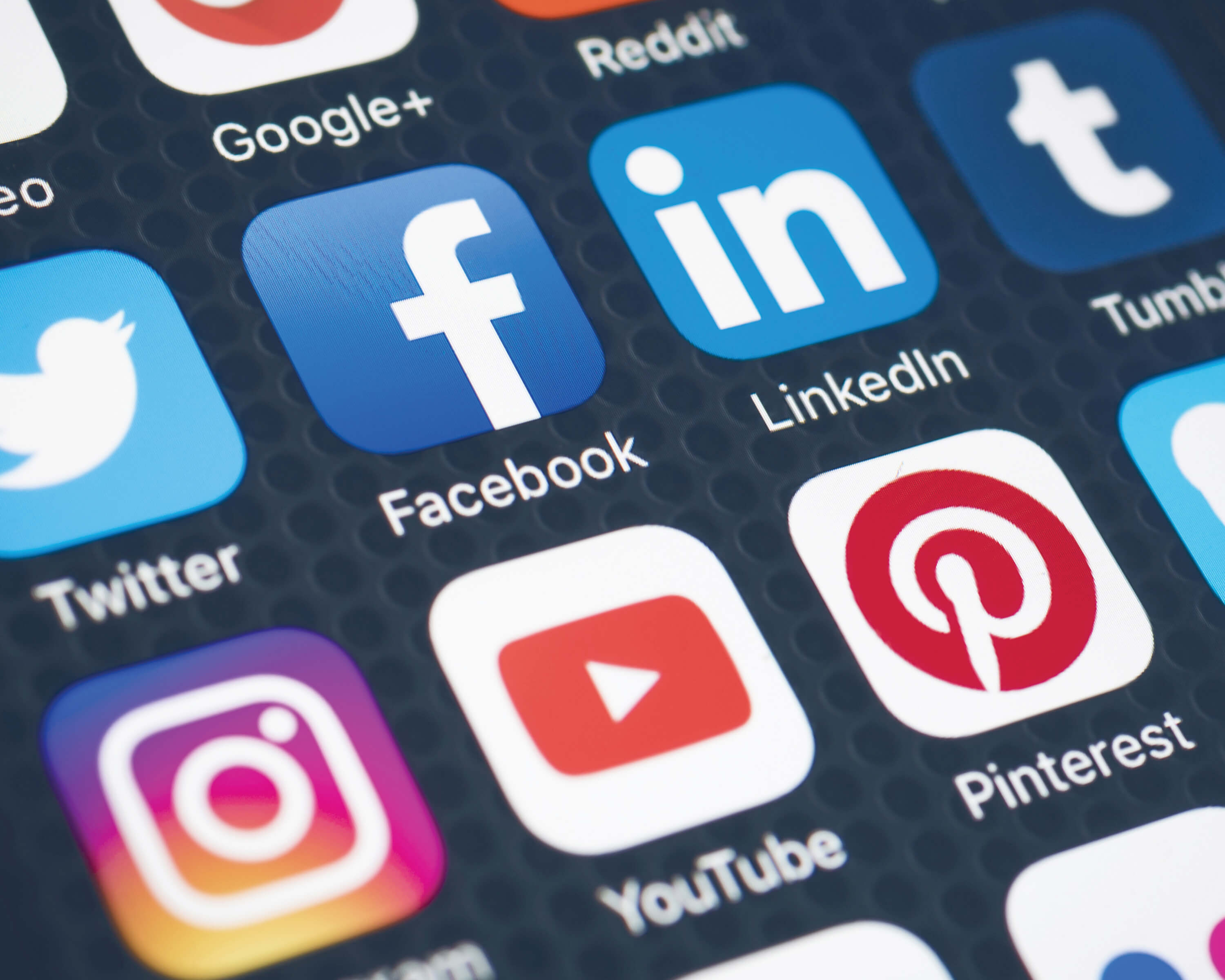If you’re wondering why no one is liking or sharing your posts, you’re not alone. Over the past few years we’ve watched businesses of all kinds experience a drop in engagement on Facebook, Instagram, and beyond. In the marketing world, you’ll read headlines such as “RIP Organic Reach” and “Get Ready to Pay to Play.” This is all because platform algorithms are getting more sophisticated, determining which posts your community sees (this radio silence is not necessarily because your content isn’t great, but that’s worth revisiting as well). In today’s digital marketing climate, every business needs to have a social media strategy in place and a budget dedicated to promotion. Here are three steps to get started.
1. Determine Your Social Media Marketing Budget
According to the CMO Survey, in 2016, social media spending was at approximately 11 percent of a company’s total marketing budget. In other words, if you’re spending $100,000 a year on social media marketing, set aside $11,000 for advertising. If your total social media marketing budget is $10,000, set aside $1,100 for advertising. Yes, even with just a little less than $100 a month, you can better build your business online. For starters, sign up for two helpful services. Buffer is an excellent tool to schedule your posts and monitor traffic. For US $10 a month, you can sign up for the Awesome plan that will allow you to manage your calendar of content. Another tool you should consider is Canva (For Work), which is US $12.95 a month. This means you can design beautiful social media images with handy templates for all your digital accounts. Moreover, you get access to more than 300,000 free images that will make your posts shine. You can also add team members to your account and get priority support if you run into an issue.
2. Spend Your Budget in the Facebook Ecosystem
If there is one place where you should spend your time and money, it’s the Facebook ecosystem (which includes Instagram). For your community, this is the best opportunity to build your brand and measure your digital success. Both of these platforms allow you to specifically target an audience in terms of gender, age, and location. Most importantly, you can include a call-to-action, whether it’s a “Contact Us” button, a “Shop Now” button or a “Sign Up” Button. If you’re spending just a little more than $25 a month on Buffer and Canva, use the remaining amount to boost posts and buy ads. After one year of spending, you will likely see results that will encourage


you to dedicate more budget to this cause. In the process, you should also consider experimenting with Facebook Messenger chat bots to better your customer service. These bots can answer simply questions in terms of what time a store location opens or how to get in touch with store (all this happens instantly without having a paid person on hand).
3. Leverage Free Advertising Courses Online
When you start to dive into this world of paid social, you will undoubtedly get overwhelmed with all of the advertising options. Thankfully, for free, Facebook has a comprehensive learning site called Facebook Blueprint. Here you can take quick and easy online courses (again, at no cost!). Their Beginner category is the best place to kick things off. This is where you can enroll in everything from “Reach and Frequency Buying on Facebook” to “Ads Manager” to “How to Buy Instagram Ads.” There are dozens of course options, many of which touch on the latest trends such as how to use Instagram Stories. If you don’t have time to run through a course, assign this responsibility to someone on your marketing team so you don’t miss out on the future of digital engagement.
Speaking of the future, up-and-coming buyers include the Millennials and Generation Z. A new study from Yes Lifecycle Marketing finds that more than 74 percent of Millennials are influenced to purchase based on something they see on social media (for Generation Z, people born between 1995 to mid-2000s, that number jumps to 80 percent). If you want to be seen, heard, and recognized online, it’s time to start paying to play on social media.—
